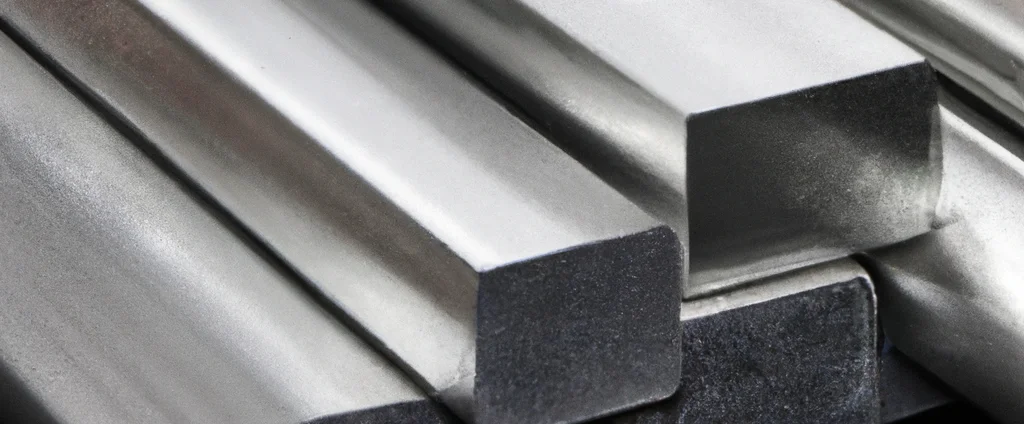Aluminum Alloy 6005 (UNS A96005)

Aluminum 6005 is a wrought aluminum alloy offering an optimal balance of extrudability, weldability, and corrosion resistance. With moderate strength and excellent formability, it’s widely used in structural components, transportation systems, and electrical applications.
| Chemical Composition | ||
|---|---|---|
| Element | Min | Max |
| Aluminum | 97.5% | 99.0% |
| Chromium | —— | 0.1% |
| Copper | —— | 0.1% |
| Iron | —— | 0.35% |
| Magnesium | 0.4% | 0.6% |
| Manganese | —— | 0.1% |
| Silicon | 0.6% | 0.9% |
| Titanium | —— | 0.1% |
| Zinc | —— | 0.1% |
| Residuals | —— | 0.15% |
The following table provides a list of aluminum 6005 properties in both SI and US customary/Imperial units.
Click on the button to switch between Metric and Imperial units.
| Physical Properties | Metric |
|---|---|
| Density | 2700 kg/m3 |
| Mechanical Properties | Metric |
| Tensile Strength | 190 - 300 MPa |
| Yield Strength | 100 - 260 MPa |
| Young’s Modulus (E) | 69 GPa |
| Shear Modulus (G) | 26 GPa |
| Elongation at Break | 12% |
| Poisson’s Ratio (ν) | 0.33 |
| Brinell Hardness | 50 - 95 HB |
| Thermal Properties | Metric |
| Melting Point | 585 - 651 °C |
| Thermal Conductivity | 190 - 210 W/m·K |
| Specific Heat Capacity (Cp) | 900 J/kg·K |
| Coefficient of Thermal Expansion (αL) | 2.34×10-5 1/°C |
| Electrical Properties | Metric |
| Electrical Conductivity | 2.8×107 S/m |
| Electrical Resistivity | 3.5×10-8 Ω·m |
The values in this table are approximate and can vary depending on various factors such as the specific manufacturing process and heat treatment applied to the alloy.
Advantages & Disadvantages of Aluminum 6005
| Advantages | Disadvantages |
|---|---|
| Good strength and durability | Limited formability |
| Corrosion resistance | Higher cost compared to some other aluminum alloys |
| Lightweight | Limited availability |
| Easy to machine and weld | Can be prone to stress corrosion cracking |
| Good thermal and electrical conductivity |
Applications of Aluminum 6005
Aluminum 6005 is ideal for applications where strength-to-weight ratio, corrosion resistance, and ease of manufacturing are critical, including:
- Structural components: Commonly used in the construction industry for beams, columns, and frames. The high strength and durability make it ideal for these applications, while the lightweight nature facilitates handling and transport.
- Transportation: Used in various automotive and aerospace applications. The lightweight properties help reduce fuel consumption, while the high strength and durability make it suitable for components like engine parts and aircraft frames.
- Electrical components: The high electrical conductivity makes it suitable for bus bars and heat sinks.
- Marine applications: Good corrosion resistance makes it suitable for marine uses like boat hulls and other components exposed to saltwater environments.
- Sporting goods: Commonly used in producing bicycles, baseball bats, and hockey sticks, thanks to the lightweight properties and high strength.
- Furniture: Used in outdoor furniture production due to corrosion resistance and ability to withstand exposure to the elements.
